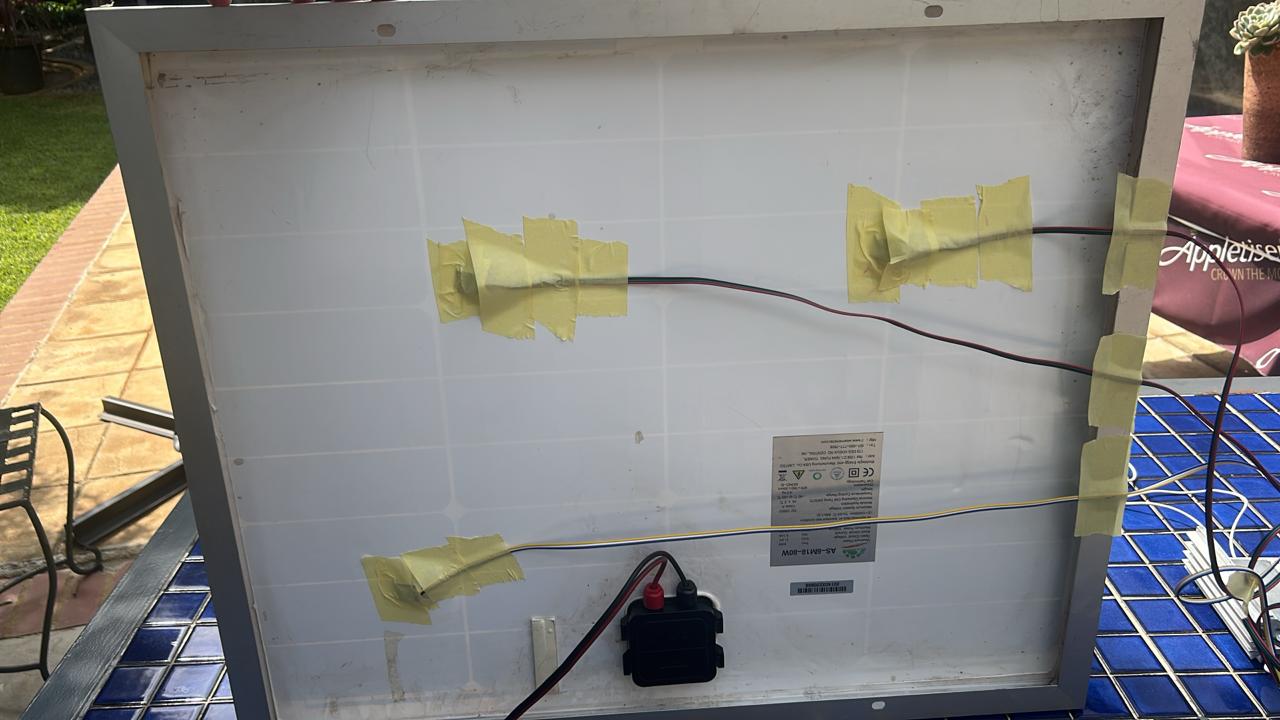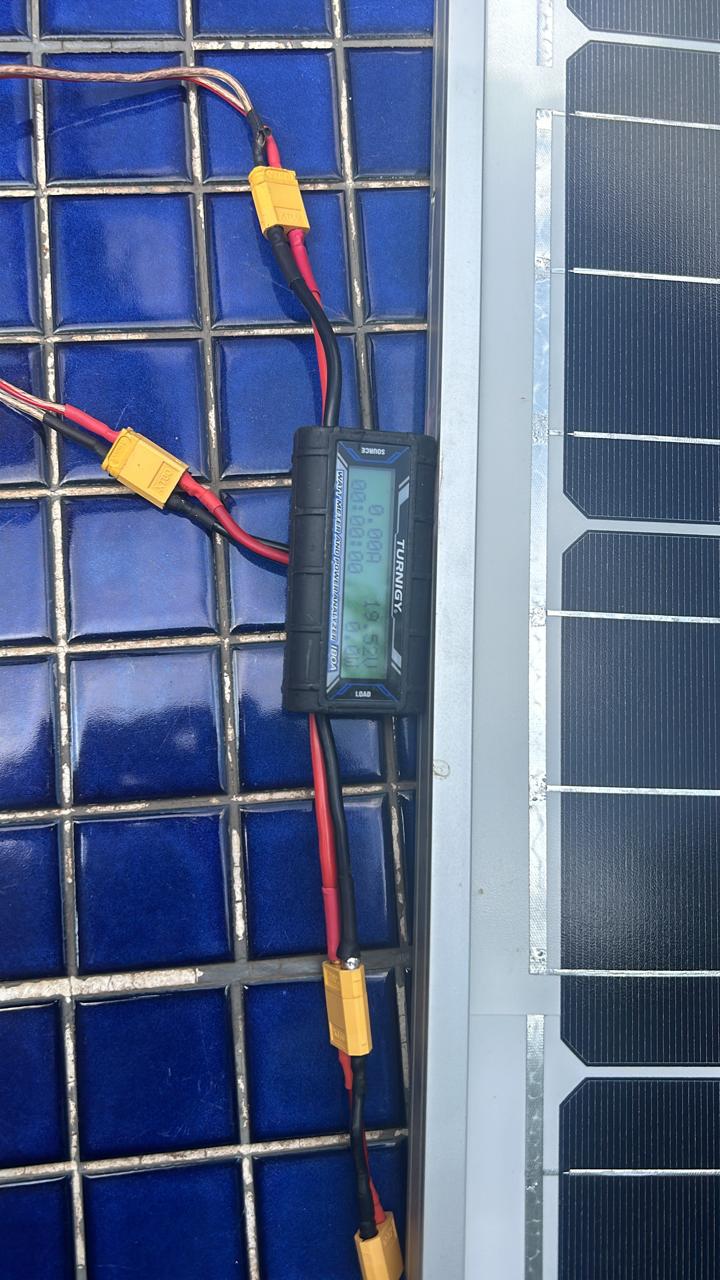Project Overview
This project focuses on developing and analyzing a Hybrid Energy System combining PV, battery storage, and diesel generation. The system aims to optimize energy costs while maintaining reliable power delivery through intelligent power flow management between different sources.
Key Features
- Implementation of a Maximum Power Point Tracking (MPPT) algorithm for optimal PV performance.
- Integration of battery storage models with defined charging and discharging efficiencies.
- Development of an economic dispatch optimization model.
- Real-time monitoring of solar irradiance and temperature effects on PV power outputs.
Technical Implementation
The system utilizes measurement and control systems including:
- TSL25911 light sensor for accurate irradiance measurement
- Dual temperature sensors for ambient and cell temperature monitoring
- Battery management system with 85% charging and 100% discharge efficiency
- 54.5 kWh nominal battery capacity with 50% depth of discharge allowance
Key Results
The hybrid system demonstrated significant cost savings across different scenarios:
- Winter Weekend: Reduced costs from US$51.4 to US$9.99 (saving US$41.41)
- Winter Weekday: Reduced costs from US$46.5 to US$8.04 (saving US$38.46)
- Summer Weekend: Reduced costs from US$43.7 to US$9.36 (saving US$34.34)
- Summer Weekday: Reduced costs from US$37.8 to US$5.91 (saving US$31.89)
Project Gallery

PV Panel temperature sensor placements

Power measurement
.jpeg)
TSL25911 Light Sensor Installation for Irradiance Measurement
Project Outcomes
The hybrid system demonstrated several key achievements:
- Successful implementation of PV power generation with efficiency ranging from 0.128 to 0.137
- Effective battery management with 54.5 kWh capacity utilization
- Significant cost reductions across all operating scenarios
- Validated optimization model meeting all operational constraints
Limitations and Future Work
Several areas for future improvement were identified:
- Data collection limited to 24-hour periods
- Battery model doesn't account for degradation effects
- Initial capital costs not included in economic analysis
- Maintenance costs not factored into overall system evaluation